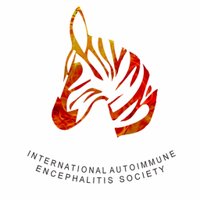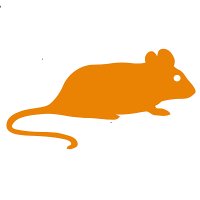
Sophie
@sophie_liebs
MD-PhD candidate at @PennMedicine in Neuroscience. Interested in interneurons, axonal physiology, epilepsy, ambient music, philosophy of science.
ID: 1306767579378315269
18-09-2020 01:30:57
38 Tweet
125 Takipçi
160 Takip Edilen


This outstanding article in today's #IAESBlog is written by Sophie Liebergall through our partnership with PennNeuroKnow What is #AutoimmuneEncephalitis What part of the #Brain is affected? Which protein in the brain is the immune system trying to attack? autoimmune-encephalitis.org/different-type…



This week's outstanding #IAESBlog article, on the #Treatments for #AutoimmuneEncephalitis is brought to you by our partnership with the Ph.D. students at PennNeuroKnow Super helpful and easy-to-understand article! autoimmune-encephalitis.org/treatments-for… #antiNMDAr #encephalitis #Neurology

In the first of a two-part series for PennNeuroKnow we discuss some of the big (sometimes surprisingly) unanswered questions in neuroscience!




Catch my latest blog for PennNeuroKnow on cortical spreading depolarizations, an understudied huge wave of activity that spreads across the brain during migraines and after injury…

Interested in L1 Ndnf interneurons, cortical circuits or persistent firing? This new preprint from my PhD might be for you! With Anna Schroeder, Rodrigo Alejandro, Rogier Poorthuis and my great but twitterless supervisor Johannes Letzkus (thanks to all of you!) doi.org/10.1101/2023.1…


So after a year of working on it and many, many revisions here is my lab's take on the wonders of Layer 1! A bit shout out to Shuhan Huang Leena Ali Ibrahim who both did the heavy lifting in putting this piece together! Let us know what you think! cell.com/neuron/fulltex…



My latest post for PennNeuroKnow unpacks a recent paper from the Augustine lab Vineet Augustine which provides insight into the neural mechanisms of fainting!







